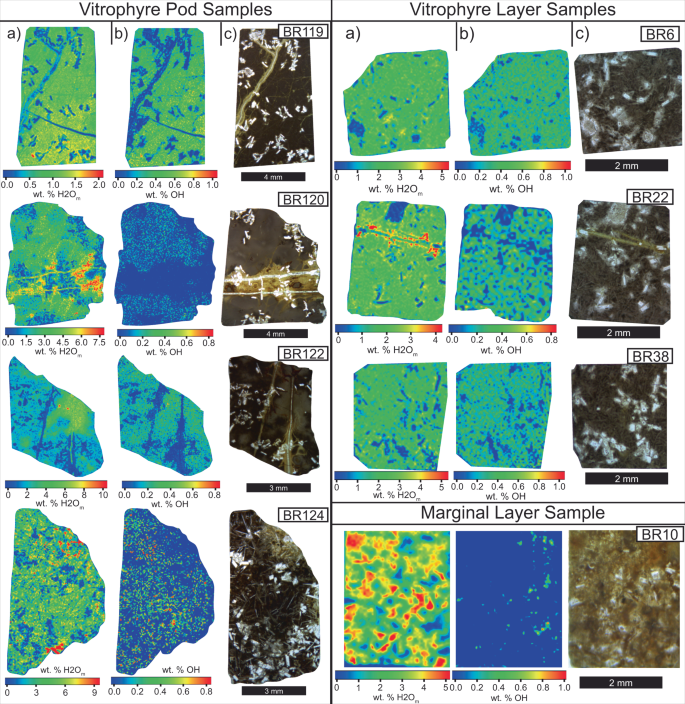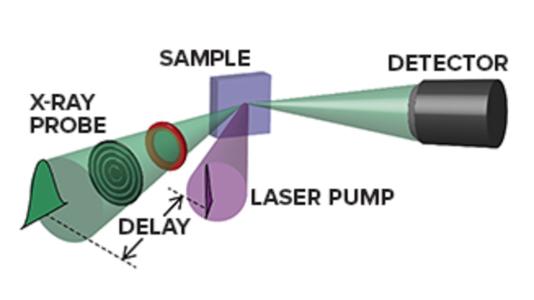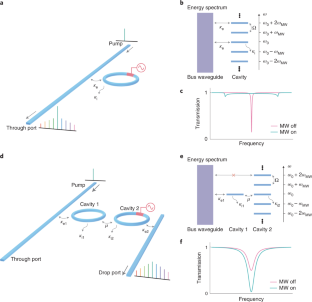2022-09-06 カリフォルニア大学サンタバーバラ校(UCSB)
BRIC(ブッチャーリッジ火成岩群)は、今日の南極観測の基準からしても、岩石の組成や形成が近隣の岩石層とは異なり、特に、大量のガラスや層状の変質があり、物理、化学、環境の重大な事象が鉱物組成を変化させたことを示している。
試料の分光分析の結果、水の一部は、マグマが地球内部から上昇するときに発生したものであることがわかりました。
水の酸素と水素の同位体組成を測定したところ、南極の雪と氷の組成と非常によく一致した。
その結果を固定するために、コットル氏とチームは、岩石とその変質を年代測定するためのアルゴン地質年代学も実施した。
岩石の年代(ジュラ紀)を復元することができましたが、より若い年代(白亜紀)も発見した。
BRICからおよそ700km北にある他の似たような火山岩にも白亜紀の変質年代があり、その時代に南極大陸で極地氷河が地域的に広がっていたかもしれないことを示唆している。
<関連情報>
- https://www.news.ucsb.edu/2022/020707/magma-and-ice
- https://www.nature.com/articles/s41467-022-32736-9
水和ガラス中の超微量水素同位体は南極大陸の白亜紀後期氷河を記録している Ultra-depleted hydrogen isotopes in hydrated glass record Late Cretaceous glaciation in Antarctica
Demian A. Nelson,John M. Cottle,Ilya N. Bindeman & Alfredo Camacho
Nature Communications Published:07 September 2022
DOI:https://doi.org/10.1038/s41467-022-32736-9

Abstract
The Early Jurassic Butcher Ridge Igneous Complex (BRIC) in the Transantarctic Mountains contains abundant and variably hydrated silicic glass which has the potential to preserve a rich paleoclimate record. Here we present Fourier Transform Infrared Spectroscopic data that indicates BRIC glasses contain up to ~8 wt.% molecular water (H2Om), and low (<0.8 wt.%) hydroxyl (OH) component, interpreted as evidence for secondary hydration by meteoric water. BRIC glasses contain the most depleted hydrogen isotopes yet measured in terrestrial rocks, down to δD = −325 ‰. In situ 40Ar/39Ar geochronology of hydrated glasses with ultra-depleted δD values yield ages from 105 Ma to 72 Ma with a peak at c. 91.4 Ma. Combined, these data suggest hydration of BRIC glasses by polar glacial ice and melt water during the Late Cretaceous, contradicting paleoclimate reconstructions of this period that suggest Antarctica was ice-free and part of a global hot greenhouse.



